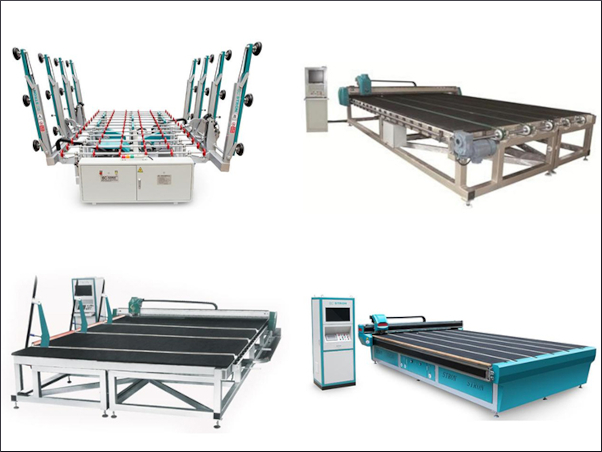Date: 31 January 2008
Moreover, continued initiatives to improve energy efficiency in manufacturing processes and in climate control of buildings will also boost market gains. These and other trends are presented in Insulation in China, a new study from The Freedonia Group, Inc., a Cleveland-based industry research firm. Foamed plastic is expected to remain the largest segment and post the fastest growth through 2011. Foamed plastic generally offers higher R-values per meter than fiberglass, mineral wool, perlite and vermiculite. Growth opportunities for foamed plastic will exist in construction, industrial and original equipment manufacturer (OEM) applications.
Demand gains for fiberglass in value terms will also outpace projected increases for insulation overall, reflecting in part favorable growth in nonresidential building construction and industrial applications. Consumption increases for mineral wool and other insulation products will lag demand growth for insulation as a whole through 2011.
Insulation is widely utilized in residential and nonresidential construction, as well as industrial applications; heating, ventilating and air conditioning (HVAC) uses; appliances; and transportation equipment. Favorable growth prospects will exist in nonresidential building construction, and the appliance and transportation equipment markets. Insulation materials used in nonresidential structures will benefit from strong construction markets for office, commercial and institutional facilities. Demand for insulation in appliance and transportation equipment markets will be boosted by growing production of such equipment, as well as by efforts to reduce their energy consumption.
Demand for insulation materials in residential building and the industrial and HVAC equipment markets will remain healthy as the economy continues to expand and living standards rise. Residential uses for insulation will be driven by strong new housing starts, especially multifamily apartments in urban areas. Industrial and HVAC equipment applications will be fueled by further increases in manufacturing activities and continued efforts to improve energy efficiency in manufacturing processes and in climate control of buildings.









Add new comment